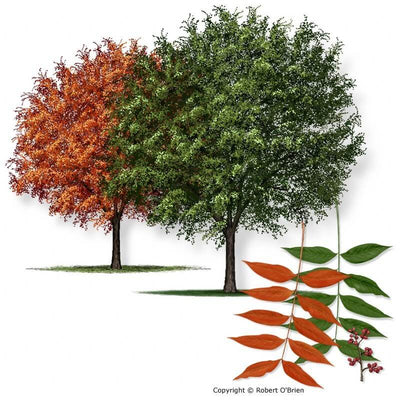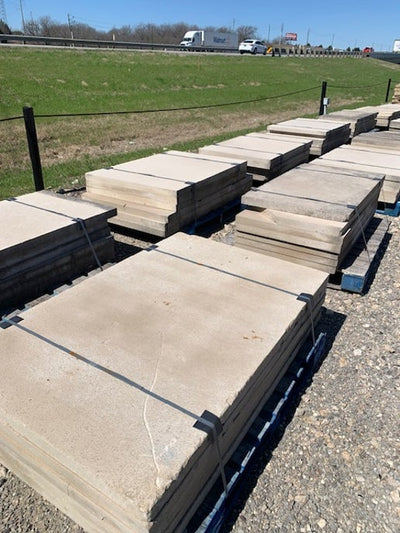Crape Myrtle Sioux
Crape Myrtle Sioux
Description: The Sioux Crape Myrtle is characterized by its stunning panicles of deep pink flowers that bloom in summer, attracting butterflies and other pollinators. The flowers contrast beautifully with its glossy green foliage, creating a striking display. In addition to its blooms, the Sioux variety is prized for its attractive bark, which exfoliates to reveal shades of brown, gray, and tan, adding year-round interest to the landscape.
Size: This variety typically grows to a height of 10 to 15 feet (3 to 4.5 meters) with a spread of 8 to 12 feet (2.4 to 3.7 meters). It has a rounded to upright growth habit, forming a vase-shaped canopy. With proper pruning, it can be maintained as a smaller specimen or trained into a single-trunk tree.
Best Growing Zones: The Sioux Crape Myrtle thrives in USDA hardiness zones 7 to 9. It is well-suited to regions with hot summers and mild winters, such as the southern United States. It can tolerate a range of climates but may require winter protection in colder zones.
Soil Requirements: This crape myrtle variety prefers well-drained soil with good fertility. It can adapt to a variety of soil types, including sandy, loamy, or clay soil, as long as it's well-drained. Regular watering is important, especially during the first year after planting, to help establish a strong root system. Once established, it is relatively drought-tolerant.
Maintenance: Sioux Crape Myrtle is generally low-maintenance but benefits from some basic care. Pruning is typically done in late winter or early spring to remove any dead, damaged, or crossing branches and promote a more open canopy. Deadheading spent flowers can encourage additional blooming throughout the summer. Mulching around the base of the plant helps retain soil moisture and suppress weeds.










